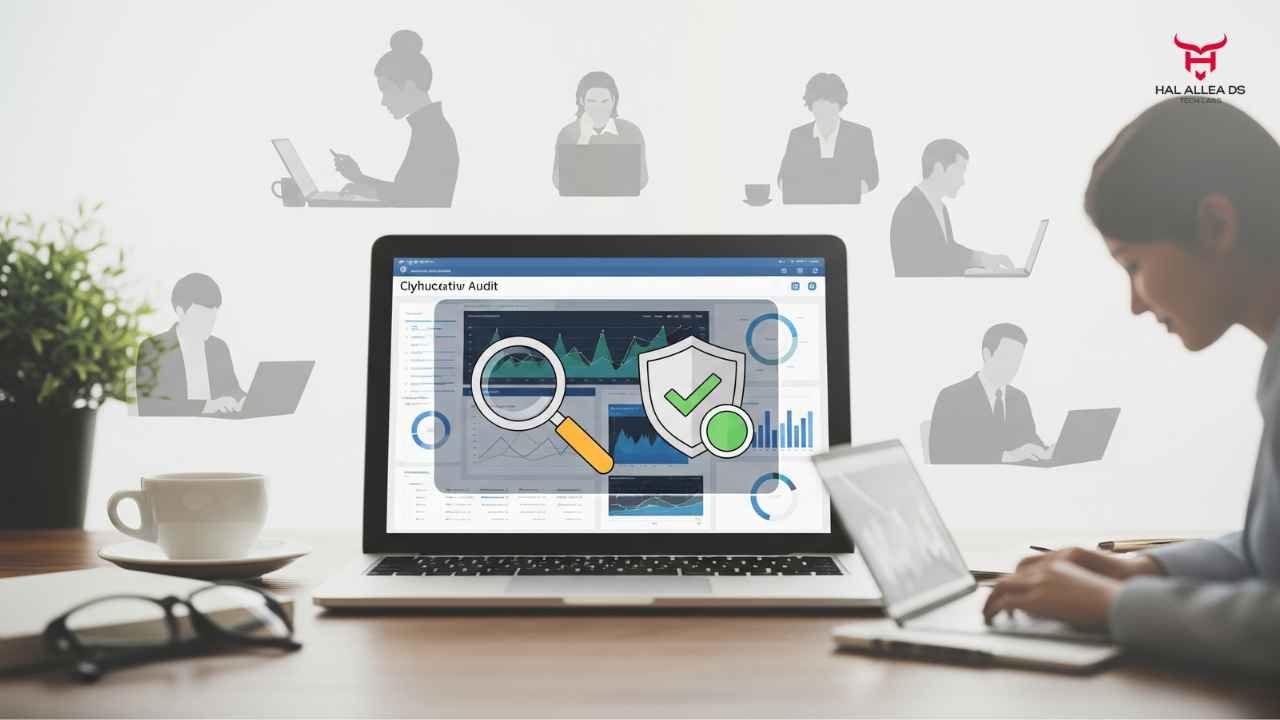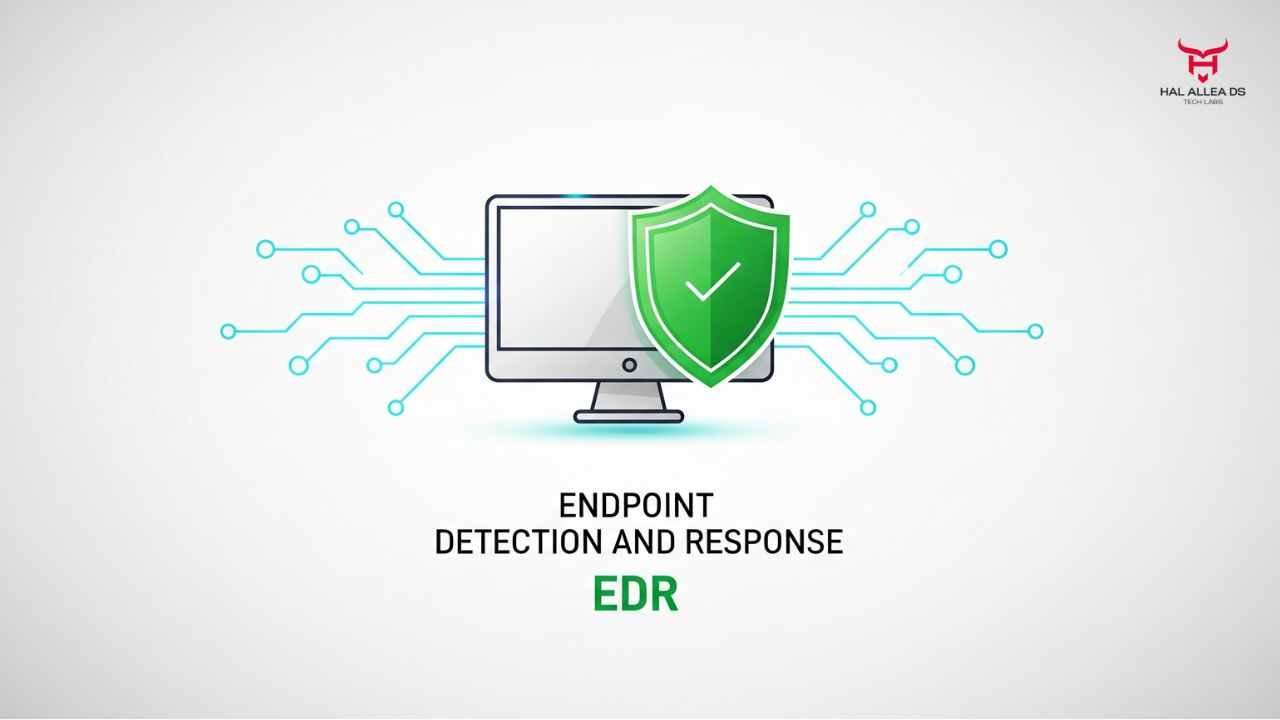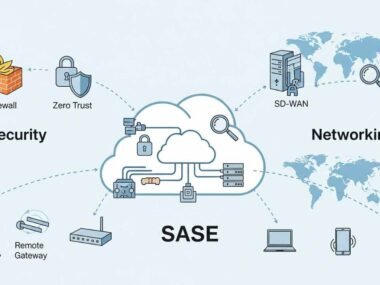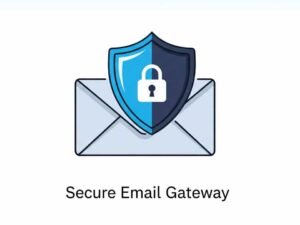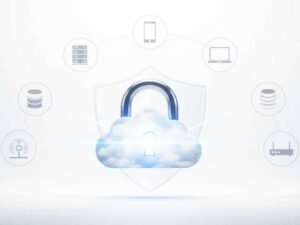In 2024, cybercrime cost businesses an estimated $9.5 trillion globally, according to Cybersecurity Ventures. That’s not only a staggering economic loss—it represents stolen data, disrupted supply chains, ransomware demands, and the silent erosion of customer trust. And now, with more than 70% of organizations adopting hybrid or fully remote work models (Gartner), the vulnerabilities have multiplied.
Here’s the twist: while flashy breaches at banks or airlines get headlines, the root problem is often simpler—companies don’t run proper cybersecurity audits tailored to remote environments. Microsoft, sensing both a threat and an opportunity, has begun weaving audit-focused security tools into its cloud portfolio. The move is subtle, but the ripple effects may change how compliance officers and CIOs around the world think about safeguarding remote workforces. Investors, compliance teams, and everyday employees could all feel the impact.
The Data
Remote work isn’t shrinking—it’s expanding. The latest IDC report suggests that by 2026, 60% of enterprise employees worldwide will be remote at least part of the week. Yet only 34% of companies conducted a dedicated cybersecurity audit in 2023 that focused on remote vulnerabilities, according to Ponemon Institute research.
That gap is an open invitation to attackers. Simple mistakes—like employees logging into corporate networks from unsecured home Wi-Fi or mixing personal and work devices—form the new entry points.
Microsoft appears to have taken note. Internal sales documents seen by industry analysts show the company positioning its Entra ID platform (formerly Azure Active Directory) as the “audit backbone” for distributed workforces. The pitch: centralized logging, AI-driven anomaly detection, and compliance dashboards designed to help CISOs survive external audits.
Still, skeptics whisper that this is more about lock-in than altruism. “Every time Microsoft enters a compliance niche,” said one venture investor, “they quietly set the standards in ways that ensure you need their ecosystem.”
The People
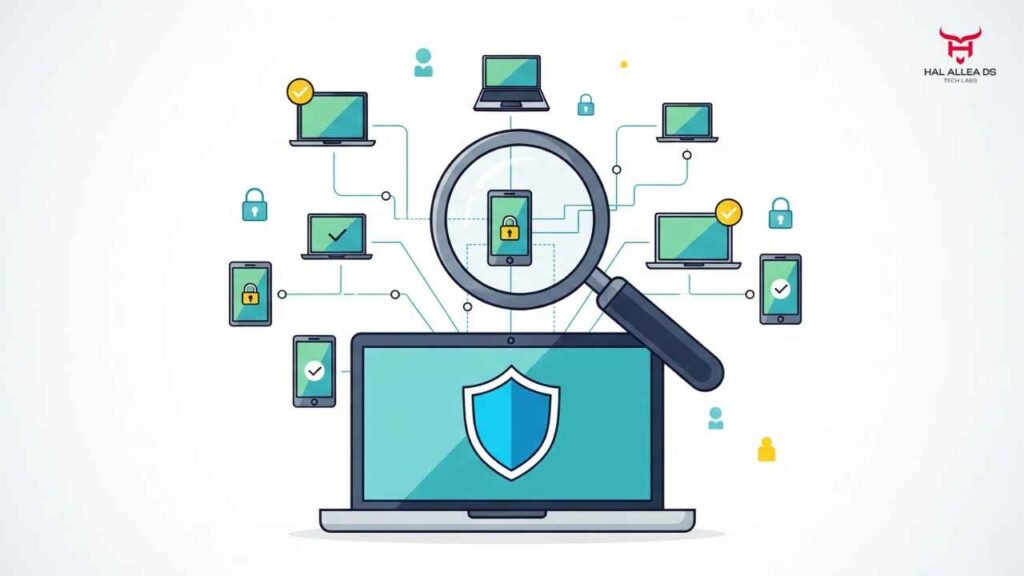
To see what’s at stake, consider the experience of Cathy Ramirez, an information security officer at a Fortune 500 retail chain. “Before the pandemic, our audits were not remote-specific. We assumed if laptops were patched and VPNs worked, that was fine. Then in 2021, we had two incidents traced back to employees working from unsecured Wi-Fi at coffee shops. Our external auditors went brutal on us.”
Ramirez says her team now conducts twice-yearly cybersecurity audits specifically for its 12,000 remote workers. Each cycle involves testing endpoint security, phishing simulations, and—most controversially—verifying whether employees follow updated data-handling rules at home. “Some staff hate it,” she admits. “But regulators don’t care. If you leak customer data, you pay.”
Former Microsoft executive James Linton, who now advises mid-sized firms on compliance, argues the shift is overdue. “Remote-first audits aren’t just box-checking anymore,” he told Forbes. “They’re survival. Regulators from Brussels to California are pushing explicit liability onto boards. If you can’t prove you audited your remote setup, you’re not just sloppy—you’re negligent.”
Here’s the interesting part: smaller firms aren’t excluded. Startups, often more agile but resource-strapped, are finding themselves forced to run scaled-down audits just to secure contracts with larger partners. “We had a deal frozen until we showed evidence of a security audit tailored for remote work,” recalls Anna Zhou, CTO of a logistics tech startup. “It wasn’t optional. It was the cost of doing business.”
The Fallout
So, what happens if this trend accelerates? For one, the audit industry itself could see a surge. Market Research Future projects the global cybersecurity audit services market will grow from $12.5 billion in 2022 to $30 billion by 2030. Much of that growth is explicitly tied to remote work compliance and cloud adoption.
Companies are realizing audits are no longer an annual inconvenience—they’re becoming continuous. Microsoft’s strategy echoes this shift, embedding audit-ready reporting inside its platforms. That might sound convenient. But for competitors like Okta, Palo Alto Networks, and Cisco, it smells like Microsoft consolidating yet another industry standard under its umbrella.
Employees, meanwhile, face heightened scrutiny. Companies are already experimenting with monitoring software that checks compliance behavior—from whether confidential documents are stored in approved folders to whether endpoint devices pass security checks daily. Privacy advocates worry this new wave of remote audits could become digital surveillance in all but name.
The stakes are real. According to Verizon’s 2024 Data Breach Investigations Report, 74% of breaches still involve the human element—misuse, poor password hygiene, or errors amplified in remote work. Auditors now recommend companies simulate attack scenarios during their reviews, a task that once looked like overkill but is quickly becoming baseline.
And investors? They see both risk and opportunity. Cybersecurity spending is one of the few budget items that tends to increase during downturns. Analysts at Morgan Stanley recently suggested that “firms with demonstrably strong cyber audit practices may enjoy reduced insurance costs, improved regulator relations, and even higher valuations.” That’s a subtle but significant shift—audits moving from defensive cost to strategic advantage.
Inside the Audit: A Step-by-Step Breakdown
To understand the mechanics, here’s what a typical remote workforce audit actually examines:
- Inventory of Assets
- Ensuring every endpoint—laptops, tablets, smartphones—is tracked, patched, and encrypted.
- Many firms underestimate the “shadow IT” problem, where employees install unauthorized apps.
- Access Controls and Identity
- Multi-factor authentication (MFA) adoption, role-based access, and reviewing stale accounts.
- Microsoft pushes its Entra suite as the “single pane of glass” for identity governance.
- Network and Endpoint Security
- Testing VPN configurations, zero-trust policies, and secure DNS usage.
- Penetration testing often simulates a compromised Wi-Fi network from a home router.
- Data Handling Practices
- Ensuring sensitive files aren’t stored on personal drives.
- Verifying compliance with privacy laws like GDPR, CCPA, and sector-specific mandates.
- Employee Awareness
- Running simulated phishing campaigns, tracking click-through rates.
- Measuring response times to suspicious emails or access requests.
- Incident Response
- Review whether the incident detection system alerts fast enough.
- Ensuring remote employees know escalation procedures.
It’s tedious. It’s expensive. And yet, regulators and insurers increasingly see it as non-negotiable.
Global Tensions
Zooming out, the politics get messier. The EU’s NIS2 Directive, taking effect in October 2024, requires companies above a certain size to “report and evidence continuous auditing measures” for cybersecurity, explicitly mentioning remote vectors. Meanwhile, the SEC in the U.S. has tightened disclosure rules that force public companies to report cyber incidents within four days.
“Multinationals are caught in a trap,” notes Robert Klein, cybersecurity policy analyst. “The EU demands detailed technical compliance, the U.S. wants instant disclosure, and Asia Pacific regulators increasingly require data localization. Conducting a remote workforce audit isn’t just about security—it’s about keeping your license to operate.”
Microsoft, by integrating audit compliance directly into its cloud stack, offers one solution. But that centralization worries critics. “If too many global firms rely on a single vendor for audits,” Klein warns, “you risk systemic dependency. One vulnerability, one exploit in Microsoft’s infrastructure, and everyone suffers.”
Investor Angle
Wall Street isn’t ignoring this. Shares of major cybersecurity firms often jump on news of new regulations. When the EU finalized NIS2, Palo Alto Networks’ stock ticked up 6% in a week, while Microsoft’s Azure security division quietly ramped marketing spend targeted at C-suite executives.
At the same time, cyber-insurance premiums have skyrocketed—up 50% year-over-year in the United States (Allianz). Insurers now require detailed audit evidence before issuing policies. “We’ve denied coverage outright to companies that couldn’t verify remote audit processes,” confides one insurance executive. It’s a new form of gatekeeping. Audits aren’t just a compliance tool—they’re a passport to insurance and, ultimately, to market legitimacy.
The Culture Clash
Where things get uncomfortable is in company culture. Employees often resent surveillance software that blurs security with productivity tracking. “It feels like Big Brother,” says a software engineer at a fintech startup. She explained that her company just rolled out keystroke-logging as part of “security monitoring.” Officially, it’s to audit unauthorized data transfers. In practice? “Everyone knows they’re also checking if you’re idle.”
Cybersecurity leaders admit the line is fine. “We want compliance, not distrust,” said one CISO. “But when regulators knock, they don’t care about employee morale. They want to see audit trails.”
This tension—between necessary compliance and potential overreach—may become the defining debate of 2025.
Closing Thought
Cybersecurity audits for remote work have gone from niche to center stage. Microsoft is pushing hard to make its platforms the standard, regulators are tightening their grip, and investors are rewarding firms with demonstrable controls. Meanwhile, employees feel watched, managers feel squeezed, and cybercriminals continue to probe the weakest links.
The question isn’t whether remote workforce audits will become standard—it’s whether they’ll evolve into something more intrusive, automated, and monopolized. Will companies embrace continuous audits as a trust-building measure, or will they resist, sparking another wave of backlash against both regulators and giants like Microsoft?
One thing’s for sure: in the shadowy chess game of cybersecurity, the remote worker is no longer a pawn—they’re the front line.

